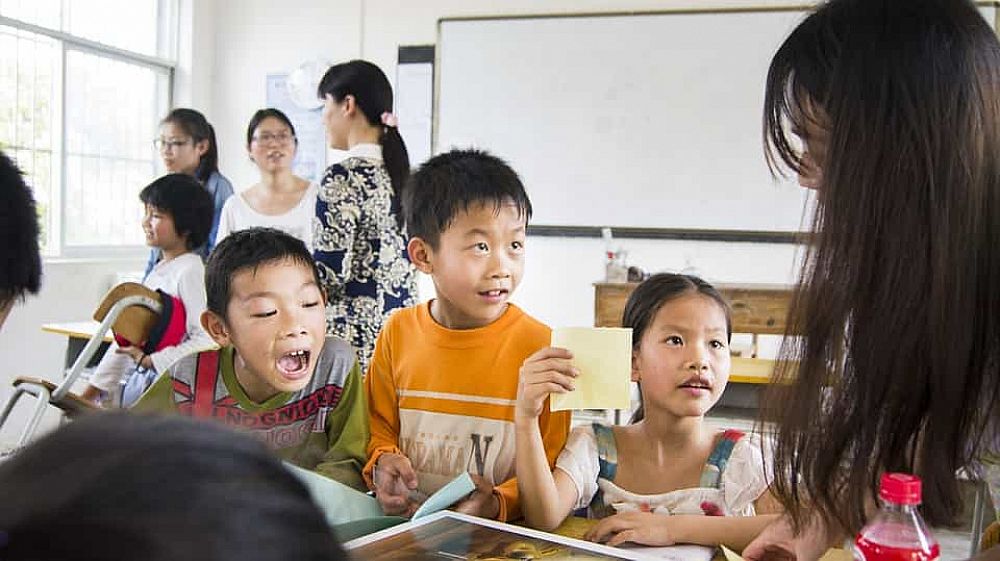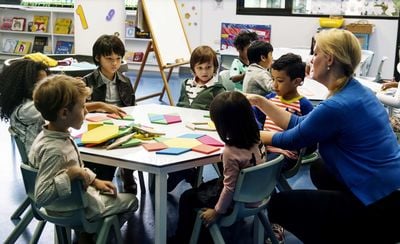How can the lack of cultural sensitivity negatively impact students learning?

In my professional and personal opinion, being culturally sensitive and culturally aware is a very important part of being a successful teacher. The following will be based on my experiences and perceptions as a high school teacher teaching English to international students, observations made from watching my work colleagues teach, and examples from two different cultures that I encountered.
Table of Contents
Is it important for teachers to know about cultures?
What problems does a lack of cultural insensitivity cause?
How the knowledge of cultural differences helped me in my job
Peculiarities of Asian learning style
Environment is extremely important for students
Are you ready to teach English abroad?
This post was written by our TEFL certification graduate Franceena S.
Is it important for teachers to know about cultures?
There are some teachers who have no cultural background, cultural experiences, or any exposure to culture whatsoever. In these situations, the teachers will have less awareness and may be less sensitive to students' differences and needs. They may not be aware of this, but whether or not this is intentional, it still may be a cause for concern. I should state, however, that not all teachers are the same and that there are those who may not have any cultural experiences, but they thrive on experiencing it through the teaching of their international students. Unfortunately, there are also teachers who lack the capacity to value different cultures, which will obviously be detrimental to the learning of their students.

Also read: Evaluation and Testing of Students in the ESL Classroom
What problems does a lack of cultural insensitivity cause?
A teachers insensitivity to other cultures can lead to a variety of things thatch negatively impact students learning. Students may become offended and therefore be put off learning, reluctant to participate, truancy, dislike the teacher, and become disruptive in class which affects not only theirs but others learning. Despite which negative impact this has on a student, it will always result in a lack of learning.
Also Read: My Personal Teaching Experience - The Different Roles of an ESL Teacher
Classes can be filled with a multitude of international students' and yes, it can become difficult to remember all the different rules from culture to culture. If a teacher, however, is seen to be attempting to make the students and their cultures valued, they will have more of a positive impact on the students learning. The teacher will need to be more organized and in general, more aware of their gestures, actions, mannerisms, ways in which they speak, and ways in which they approach students one-on-one. All of these things combined can only result in positive outcomes.
How the knowledge of cultural differences helped me in my job
Over the years I learned things that made a positive impact not only on my teaching but also with my relationship with the students. As a result, the actual teaching of class content and getting through the curriculum was much easier. Some examples from teaching Pacific Island students are that they are kinaesthetic learners who enjoy games, hands-on activities, singing, learning through actions, group and pair work, visual aids, and they don't mind working on the floor (when suitable). This relates back to their culture as this is how their ancestors learned their traditions, through storytelling and song, whilst sitting on the floor with their families and fellow villagers. They learned their life skills like hunting and fishing through action and physically having to do these tasks themselves.

This is still engrained in them today, and many of the students thrive in a classroom environment that fosters this type of learning. They aren't as productive when it comes to learning in a traditional classroom where the teacher talks at the front of the room, and they just write. When assisting them one-on-one, it is important that the teacher doesn't stand over them when doing this. They are easily intimidated and it is more beneficial to both the student and teacher, that the teacher kneels down or sits next to them whilst doing this. Students' from many, but not all Pacific Islands will not look you in the eye. They are not being disrespectful, they are in fact, being respectful, as this is what is required in their respective cultures. Pacific Island students' are also very vocal and don't mind classroom chatter and banter with the teacher.
Also Read: How do I choose a TEFL course?
Peculiarities of Asian learning style
In contrast to the Pacific Island students, are the students from countries in Asia that I have taught. These students didn't mind a traditional classroom environment where the teacher spoke and they wrote and completed the set work because this is what many of them are used to. They would enjoy but didn't insist on having classroom activities such as games, pair work or group work. They were happy enough to work individually and just get through the set tasks of the day. These students' were also very respectful in the sense that they were very quiet and rarely disruptive. They are less vocal and only spoke when spoken to, or when they needed assistance. During elicit activities, they would rarely volunteer to share their answers with the class, I would always have to ask them before they would consider answering out loud. As a result, these classes were very quiet and got through the work much quicker than that of their Pacific Island schoolmates! In order to make them feel comfortable when I needed to ensure they were on task, I would just wander around the room, asking them quietly as individuals if they had any questions or required help.

Environment is extremely important for students
Overall, I have learned that it would be beneficial for teachers to embrace what different cultures can bring to the classroom learning environment, capitalize on that and use it to their advantage. Each individual students personal experiences from their cultures can make a classroom atmosphere more colorful, enjoyable, interesting and will also provide more learning for students' that may not have specifically been planned for. What I have found to be even more important is that students will perform better if they are in a classroom learning environment that is safe, comfortable, and has an atmosphere where they feel welcomed and know they are valued. If we as teachers could all embrace different cultures, our student work completion and success rates can only improve.
Are you ready to teach English abroad?
Apply now & get certified to teach english abroad!
Speak with an ITTT advisor today to put together your personal plan for teaching English abroad.
Send us an email or call us toll-free at 1-800-490-0531 to speak with an ITTT advisor today.
Related Articles:
- 8 Amazing Things You Can Do with a TEFL Certificate
- 7 Teaching Skills in the Classroom You need To Incorporate into Your Lessons
- 8 Best Places to Teach English Abroad for Food Lovers
- What it's Like to Teach English Online: An Online Teacher Reveals Her Secrets!
- The Top 5 TEFL Destinations for Adrenaline Junkies and Adventure Seekers
- 7 Activities for Teaching the Simple Present for the ESL Classroom



